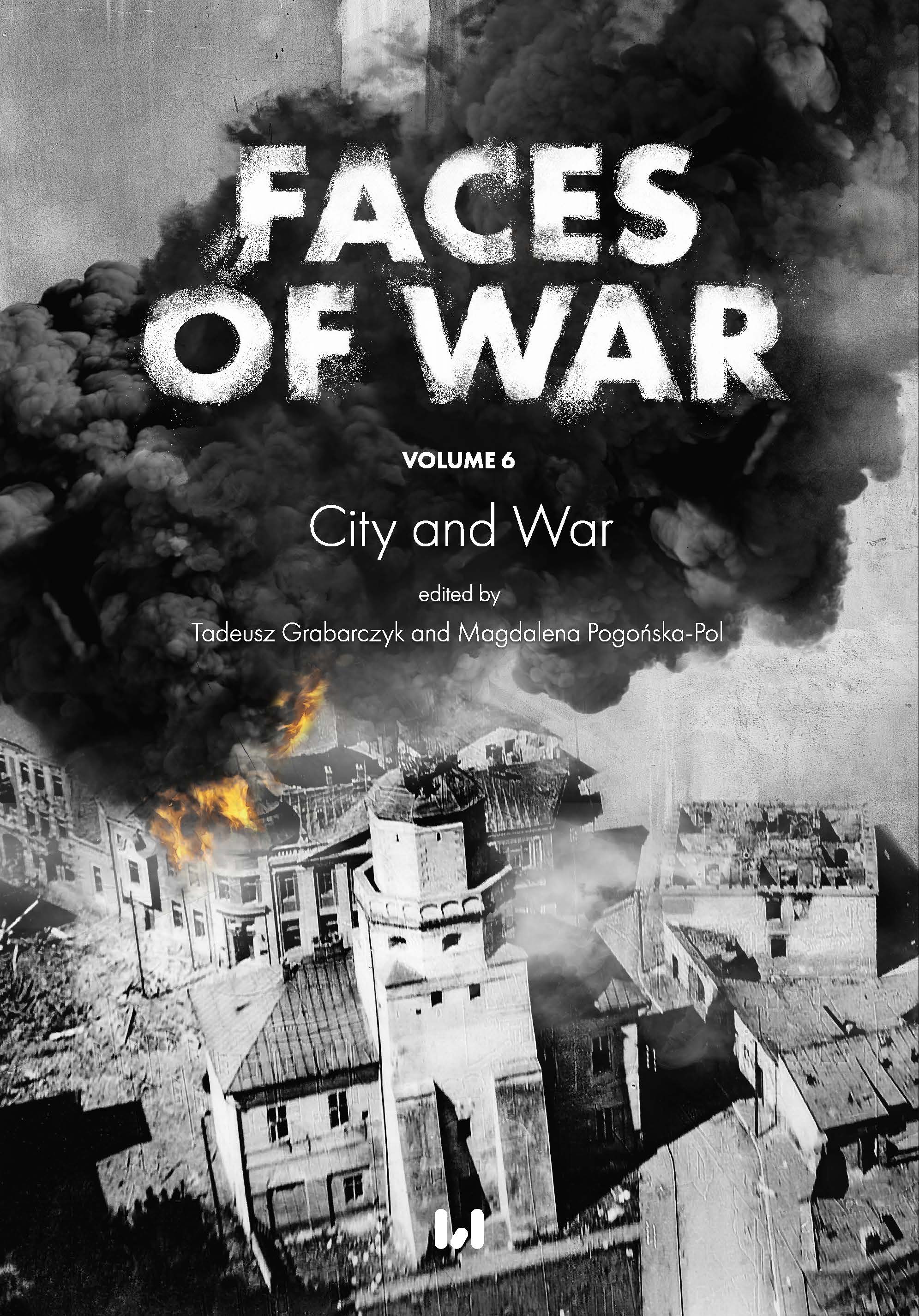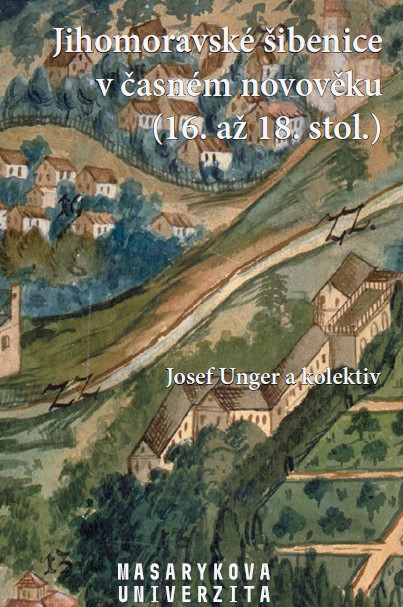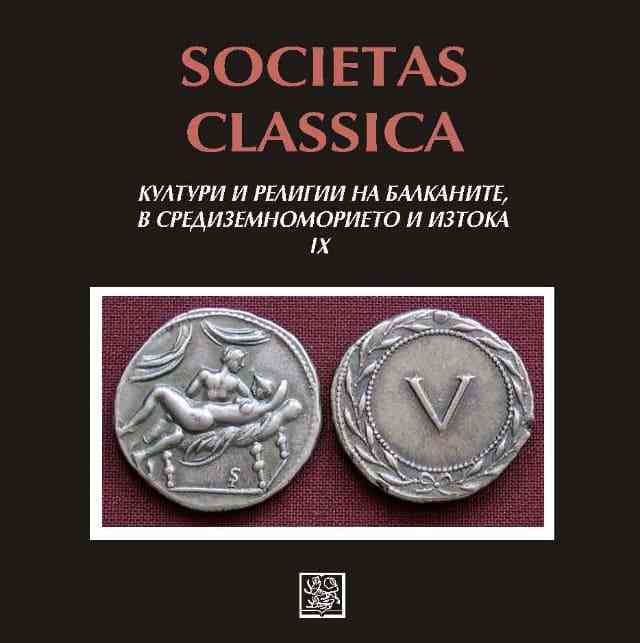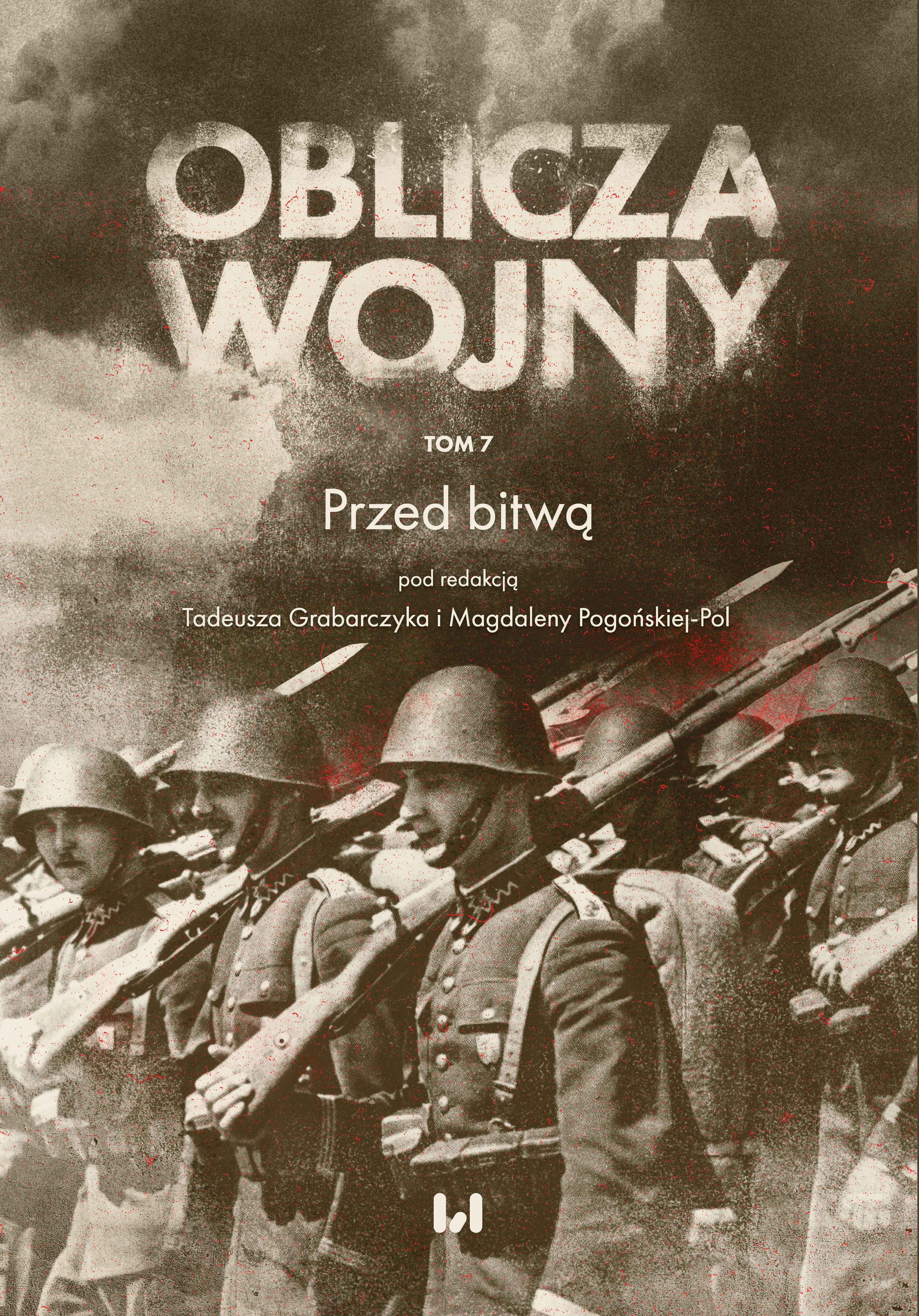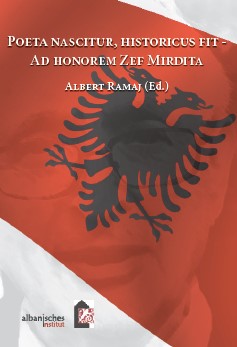Author(s): Zozan Tarhan / Language(s): English,Bulgarian
Publication Year: 0
The purpose of the present paper is to research the scenes of worship and ritual sacrifices before the deities, which are a part of the Mesopotamian cylinder seals. The research concerns the time from Early Dynastic Period until Neo-Assyrian Period. This type of scenes are represented at the earliest during the EDP III (c. 2600–2334 B. C.), but their quantity is not very high. From Akkadian period the number of the cultic scenes and the scenes of ritual sacrifices increased. During the Period of Third Dynasty of Ur/ Ur III the most popular scene on the cylinder seals is the cultic presentation of the worshiper by the priest or the mediator deity. In II mil. B. C. the scenes of worship and ritual sacrifices are frequently represented on the seals. In Neo-Assyrian period the cultic scene is very well registered, but the scenes of ritual sacrifices are not common. In addition the author discusses the question of the ritual activities and the role of divine statues as mediators to provide the communication between the worshipers and the gods. According to figs. 8–9 and some mythical texts I guess that the Mesopotamians distinguished the divine statue from the god. I guess that they recognized the statue as a symbol of the god and a way to show their worship to the god. In regard to the sacrifices, some authors consider that the ritual burning of the meat of the sacrificed animal did not exist in the Mesopotamian ritual. In this case the author of the current paper presents passages of ritual texts, which correspond with the scenes and prove that there was a ritual burning in the Mesopotamian sacrifices. It is also very important to be noted that in the Akkadian texts, especially in the ritual texts, concerning the ritual sacrifices for the gods, is registered and frequently presented the term maqalûtu/maqlûtu, which means ‘’burnt offering’’. This fact indicates even more categorically that the ritual burning of the meat is a part of the sacrifices in Mesopotamia. Moreover, some authors suggest that the meat is served only to the gods, i. e. for their statues and not to the worshipers. But these statements are suspicious, because the ritual and administrative texts provide the information that the worshipers also took part in the consumption of the meat of the sacrificed animal.The purpose of the present paper is to research the scenes of worship and ritual sacrifices before the deities, which are a part of the Mesopotamian cylinder seals. The research concerns the time from Early Dynastic Period until Neo-Assyrian Period. This type of scenes are represented at the earliest during the EDP III (c. 2600–2334 B. C.), but their quantity is not very high. From Akkadian period the number of the cultic scenes and the scenes of ritual sacrifices increased. During the Period of Third Dynasty of Ur/ Ur III the most popular scene on the cylinder seals is the cultic presentation of the worshiper by the priest or the mediator deity. In II mil. B. C. the scenes of worship and ritual sacrifices are frequently represented on the seals. In Neo-Assyrian period the cultic scene is very well registered, but the scenes of ritual sacrifices are not common. In addition the author discusses the question of the ritual activities and the role of divine statues as mediators to provide the communication between the worshipers and the gods. According to figs. 8–9 and some mythical texts I guess that the Mesopotamians distinguished the divine statue from the god. I guess that they recognized the statue as a symbol of the god and a way to show their worship to the god. In regard to the sacrifices, some authors consider that the ritual burning of the meat of the sacrificed animal did not exist in the Mesopotamian ritual. In this case the author of the current paper presents passages of ritual texts, which correspond with the scenes and prove that there was a ritual burning in the Mesopotamian sacrifices. It is also very important to be noted that in the Akkadian texts, especially in the ritual texts, concerning the ritual sacrifices for the gods, is registered and frequently presented the term maqalûtu/maqlûtu, which means ‘’burnt offering’’. This fact indicates even more categorically that the ritual burning of the meat is a part of the sacrifices in Mesopotamia. Moreover, some authors suggest that the meat is served only to the gods, i. e. for their statues and not to the worshipers. But these statements are suspicious, because the ritual and administrative texts provide the information that the worshipers also took part in the consumption of the meat of the sacrificed animal.
More...
